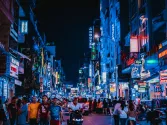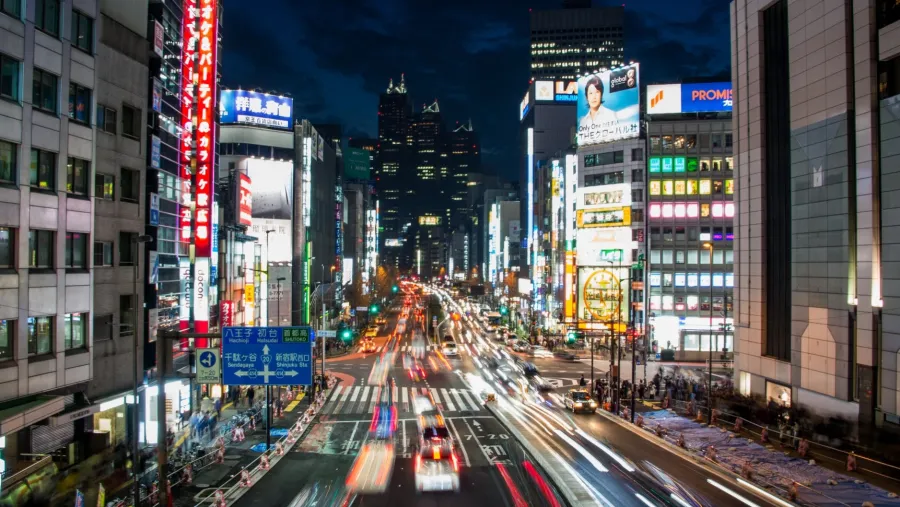
Everything you need to know about Japan’s luxury retail sector
High-street retail thrived with several store openings in 2023.
In a recent report, Savills said Japan’s retail market has recovered significantly with the influx of inbound tourists over the past year. Indeed, according to the Japan Tourism Agency (JTA), inbound tourists spent around JPY1.4 trillion in 2023, while per-person spending by inbound tourists is notably higher in the post-pandemic period.
Initially, wealthy travellers comprised a relatively large proportion of total inbound visitor numbers, given that the cost of airfare and accommodation across the globe were elevated in 2022 and 2023. Moreover, the weak yen has improved the purchasing power of foreign guests, encouraging even greater levels of inbound spending.
Here’s more from Savills:
The luxury sector has performed particularly well as a result, and high street retail has thrived. Indeed, several high-end store openings were observed in such areas in 2023. For instance, Grand Seiko opened their flagship store in Ginza, which is their third location in the area, and several luxury brands, such as BVLGARI have opened in Ginza Six.
Elsewhere, Omotesando’s main luxury retail street Omotesandodori has welcomed famous luxury brands, including FENDI and Tiffany & Co., while luxury watch boutique Rolex opened a store in Shinjuku in 2023. Japan has been an exciting, fast-growing market for luxury brands, with many major brands recording double-digit sales growth in 2023, despite the global economic slowdown affecting sales globally. Strong performance in Japan was also underpinned by resilient spending by wealthy Japanese nationals.
Spending by inbound visitors has been serendipitous for the rapid growth of the luxury retail sector, with inbound tourists accounting for more than half of total sales in several luxury stores in Ginza. Similarly, in 2023 the department store Takashimaya in Shinjuku recorded sales of almost 50% higher than in 2019, while duty-free sales at Matsuya reached JPY14 billion from April to September 2023, notably higher than JPY10 billion over the same period in 2019.
As Japan pivots towards a greater emphasis on high-end travel, the luxury retail sector will likely continue to grow in tandem. The high-end travel segments covered in this report should attract increasingly affluent profiles of inbound visitors, creating opportunities for new and diverse store openings across major prime spots, and subsequently generating greater future revenues.
Meanwhile, the growth in the demand for luxury residential properties, especially over the past half decade, will contribute to the bright future prospects of the luxury retail sector.
Indeed, given the growing number of ultra-high-net-worth individuals living in Tokyo, many of whom have a greater preference towards living closer to the centre of the city, near prime entertainment and retail districts, there has been a slew of large-scale developments in central Tokyo over recent years to cater to this demand. For instance, luxury residential and hospitality operator Aman Resorts opened the five-star hotel Aman Tokyo in Otemachi Tower, in addition to 91 ultra-luxury Aman branded residences in the highest floors of the newly completed Azabudai Hills Mori JP Tower in Minato.
Given Japan’s emergence as a prime global tourist destination, a greater emphasis on luxury offerings will likely attract many high-end repeat visitors, with many desiring to have a residential base in Japan. For instance, the well-known billionaire Jack Ma may be one example, with sightings of him in Tokyo reported last year. This is positive news for Japan’s high-end retail sector, which stands to benefit from a potential influx of affluent and high-spending new residents.
Overall, prospects are positive for the luxury retail sector in Japan. The growth of inbound tourism brought about a large recovery in retail sector performance, and has come to comprise a meaningful proportion of total retail spending in Japan. The further development of Japan’s luxury tourism options looks to attract more high-spending repeat visitors, whose demand should support the further growth of Japan’s high-end retail sector.



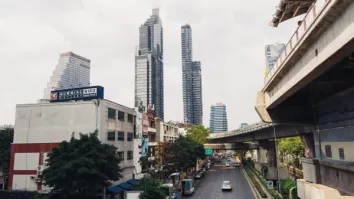
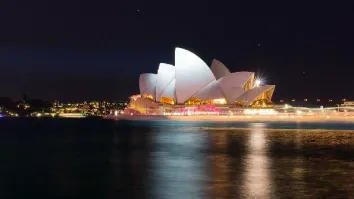
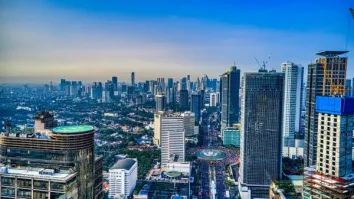













 Advertise
Advertise

